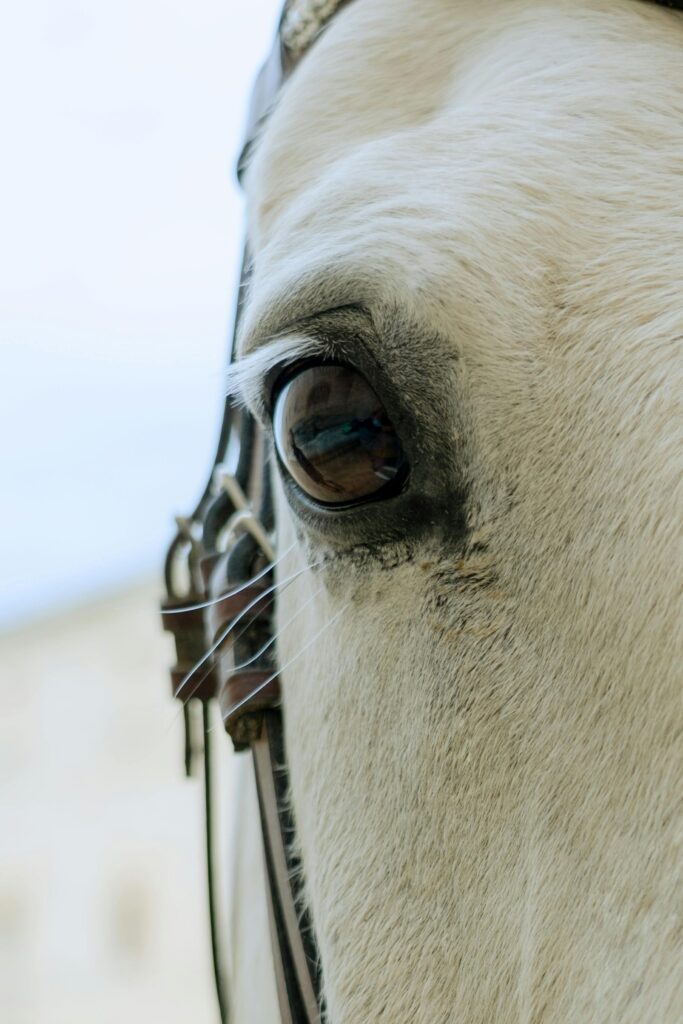Training a horse requires patience, skill, and a deep understanding of equine behavior. Whether you’re a seasoned equestrian or a novice rider, mastering the art of proper horse training is essential for building a strong partnership with your equine companion. In this blog post, we’ll explore some valuable tips and techniques to help you train your horse effectively, ensuring a harmonious relationship and successful performance in various equestrian pursuits.
Understanding Horse Behavior:
Before delving into specific training techniques, it’s crucial to grasp the basics of horse behavior. Horses are highly intelligent and sensitive animals, capable of forming strong bonds with their human handlers. Understanding their natural instincts, communication cues, and social dynamics is fundamental to building trust and rapport. By observing your horse’s body language and responses, you can tailor your training approach to suit their individual temperament and needs.
Establishing Trust and Respect:
Trust and respect are the cornerstones of any successful horse-human relationship. To earn your horse’s trust, it’s essential to establish clear boundaries, communicate effectively, and be consistent in your interactions. Avoid using force or intimidation tactics, as these can erode trust and lead to resistance or behavioral issues. Instead, focus on building a positive rapport through gentle, patient guidance and rewarding desired behaviors.
Preparing for Competition:
As you progress in your training journey, you may aspire to compete in equestrian events such as dressage, show jumping, or eventing. Preparation is key to success in the competitive arena, and proper training is essential for developing the skills and athleticism required for top performance. When seeking to enhance your horse’s abilities, consider exploring specialized training programs or seeking guidance from experienced coaches or trainers. Additionally, investing in quality equipment and gear, such as specialized saddles or performance supplements, can support your horse’s physical health and well-being.
Navigating the Marketplace:
In the world of equestrian sports, finding the right horse to match your goals and aspirations is paramount. Whether you’re in search of a talented show jumper, a reliable dressage mount, or a versatile eventing partner, navigating the marketplace can be both exciting and daunting. Online platforms offer a wealth of resources for horse enthusiasts, including listings for hunter jumper horses for sale, training facilities, and equestrian events. However, it’s essential to exercise caution and diligence when evaluating potential purchases, ensuring compatibility in terms of temperament, skill level, and long-term suitability. Find out more at https://www.jw-horses.com/hunter-jumper-horses-for-sale.
Fine-Tuning Your Training Routine:
As you continue to refine your training techniques, remember that every horse is unique, and what works for one may not necessarily work for another. Flexibility and adaptability are key as you fine-tune your approach based on your horse’s individual strengths, weaknesses, and preferences. Incorporating variety into your training routine, such as trail rides, ground work exercises, and gymnastic jumping grids, can help keep your horse engaged and motivated while improving their overall fitness and agility.
Conclusion:
Mastering the art of proper horse training is a rewarding journey that requires dedication, patience, and a genuine love for these magnificent animals. By understanding horse behavior, building trust and respect, and tailoring your approach to suit your horse’s needs, you can cultivate a strong partnership built on mutual respect and cooperation. Whether you’re aiming for competition success or simply seeking to enjoy leisurely rides, investing time and effort into your horse’s training will pay off in the form of a fulfilling and harmonious relationship.
Picture: Pexels


